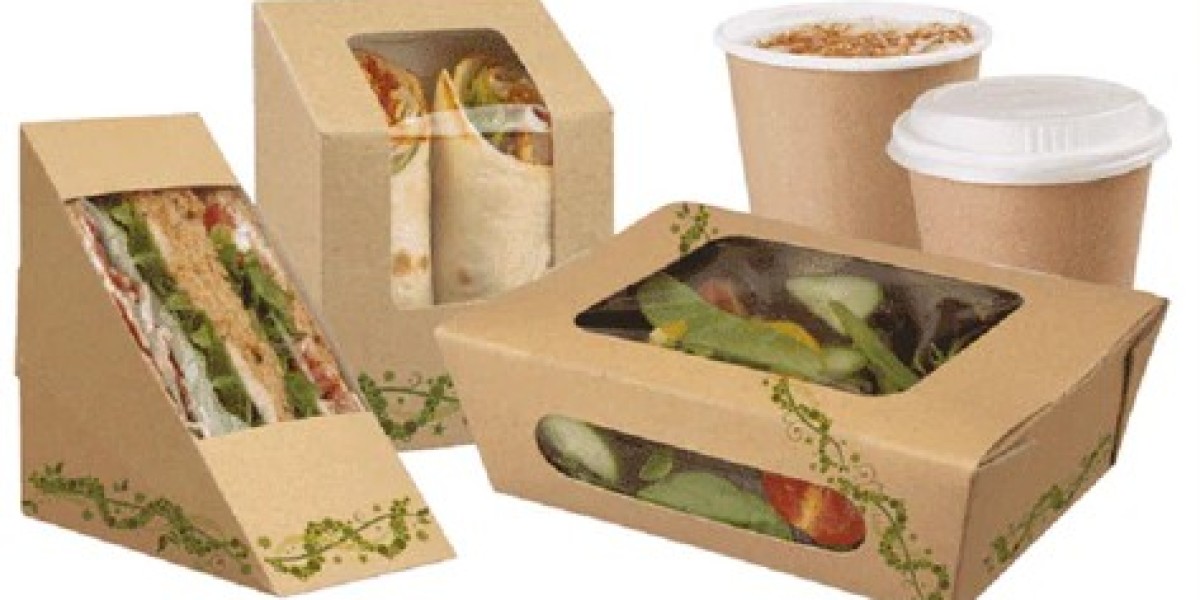As consumers demand greater environmental responsibility from the brands they support, transitioning to more sustainable packaging will be crucial for e-commerce businesses over the next two years. Those who get ahead of this trend will see significant marketing and operational benefits. Here are some effective strategies for companies looking to make their packaging greener by 2024.

Rightsize and Standardize Box Dimensions
One of the easiest wins is optimizing box sizing templates to eliminate excess space. Standardize shapes and opening styles to fully utilize space without compromise to durability. Big box retailers can lead with uniform sizing requirements that suppliers meet, cutting supplier stocks as well.
Prioritize Recycled and Renewable Materials
Make post-consumer recycled content a baseline requirement for paper and plastic packaging. Ask vendors to disclose fiber sources and pursue certifications like FSC. Pilot rice straw, sugarcane and other agriculturally-derived material alternatives to plastic and paper. Lead times will shorten as supply chains scale alternatives.
Phase Out Unnecessary Layers
Audit each packaging component and remove any redundant or under-utilized elements. Consumers increasingly expect packaging stripped to bare essentials. Multi-pack and fill void space intelligently to consolidate shipments where possible.
Design for Separability
Integrate easily removable labeling, utilize minimal adhesives and design modular construction to enhance sortability at recycling facilities. Explore things like RFID-enabled disassembly to optimize material recovery. Factor end-of-life into packaging design from inception.
Test Compostable and Biodegradable Options
While more expensive currently, investing in pilot programs for things like home/industrial compostable mailers or kraft paper wraps hedges emerging compliance risks and changing consumer norms. First movers gain stakeholder trust.
Launch Reusable Packaging Programs
Whether crate networks, garment rental bags or tote-exchange schemes, closed-loop options eliminate need for single-use packaging. Position as sustainability leaders by 2023 with robust reusable infrastructure in place.
Enable Digital Deliverables
For certain product genres, virtual replacements for physical goods reduce tangible waste impacts, whether eBooks, digital art or streaming services. Innovations combining digital and physical add hybrid value.
Communicate Progress
Publish transparent impact metrics like pounds of waste reduced or emissions offsets alongside packaging adjustments. Case studies highlight program successes to retain stakeholder support throughout transition.
Leverage Industry Partnerships
Collaborate cross-functionally and with other stakeholders within supply chains to develop scalable, systemic solutions. United sustainability missions magnify voices for positive reforms.
With these strategic packaging reforms, brands can meaningfully progress their environmental performance over the next couple years. Those most proactively transitioning fulfill the rising marketplace demand for eco-friendly operations positioned for the future.








